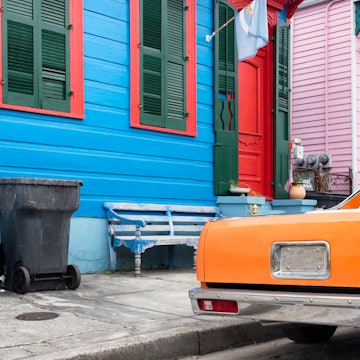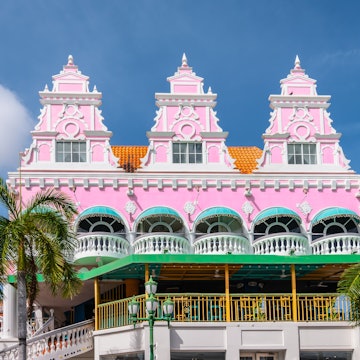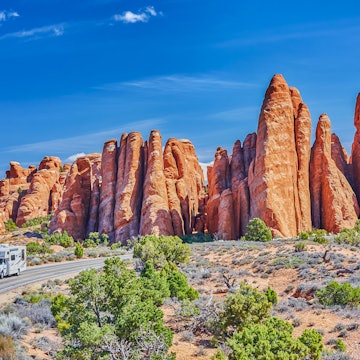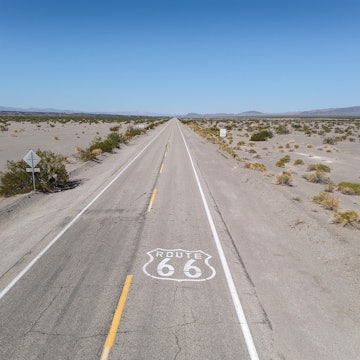
Pittsburgh is a “city of neighborhoods.” These are the best ones

Sep 10, 2024 • 6 min read

A former industrial area, the Strip District is today home to classic restaurants, stylish bars and more. Getty Images
Residents love to tell you that Pittsburgh is a “city of neighborhoods.” And it’s true.
The Steel City boasts 90 different districts, many of them defined by the waves of immigrants who came to work in the countless factories and steel mills that once made Pittsburgh the industrial capital of the USA. First-time visitors may not realize they’ve crossed from Shadyside into East Liberty or Bloomfield into Friendship – but locals sure do. Each sliver of Pittsburgh has a well-developed character, and lifers can trace neighborhood borders down to individual stop signs and fire hydrants.
While locals could (and do!) argue all day about the “best” parts of Pittsburgh, certain areas are definitely easier to visit and more rewarding for newcomers. Consider these neighborhoods the best starting points, as you untangle the streets, hills and bridges that make Pittsburgh so much fun to explore.

Pittsburgh is one of the best cities to visit next year. See our full list of Best in Travel 2025 winners.
1. Downtown
Best neighborhood for arts and entertainment
The nickname for Downtown Pittsburgh is the “Golden Triangle,” a reference to the arrowhead of land where the Allegheny and Monongahela Rivers merge to become the Ohio River. The tip of this land mass is Point State Park – or simply “the Point” – where generous paths and lawns have replaced colonial-era Fort Duquesne. Sparse remains of a later stronghold, Fort Pitt, now serve as a museum dedicated to Pittsburgh’s frontier past.
Most of Downtown (delightfully, it’s pronounced “dahntahn” in these parts) is crowded with skyscrapers, representing a wide range of architectural styles. The Pittsburgh Cultural Trust has transformed this once-blighted urban core into the Cultural District, a corridor busy with art galleries and performance spaces.
Standout venues include the Greer Cabaret Theater, a cocktail lounge that also stages variety shows; the voluminous SPACE Gallery, used for art installations; the Arcade Comedy Theatre, beloved for its sketch and improv shows; and the ship-shaped August Wilson Center, a multi-purpose facility dedicated to African American culture (and named after the great playwright, a Pittsburgh native who set most of his plays here).
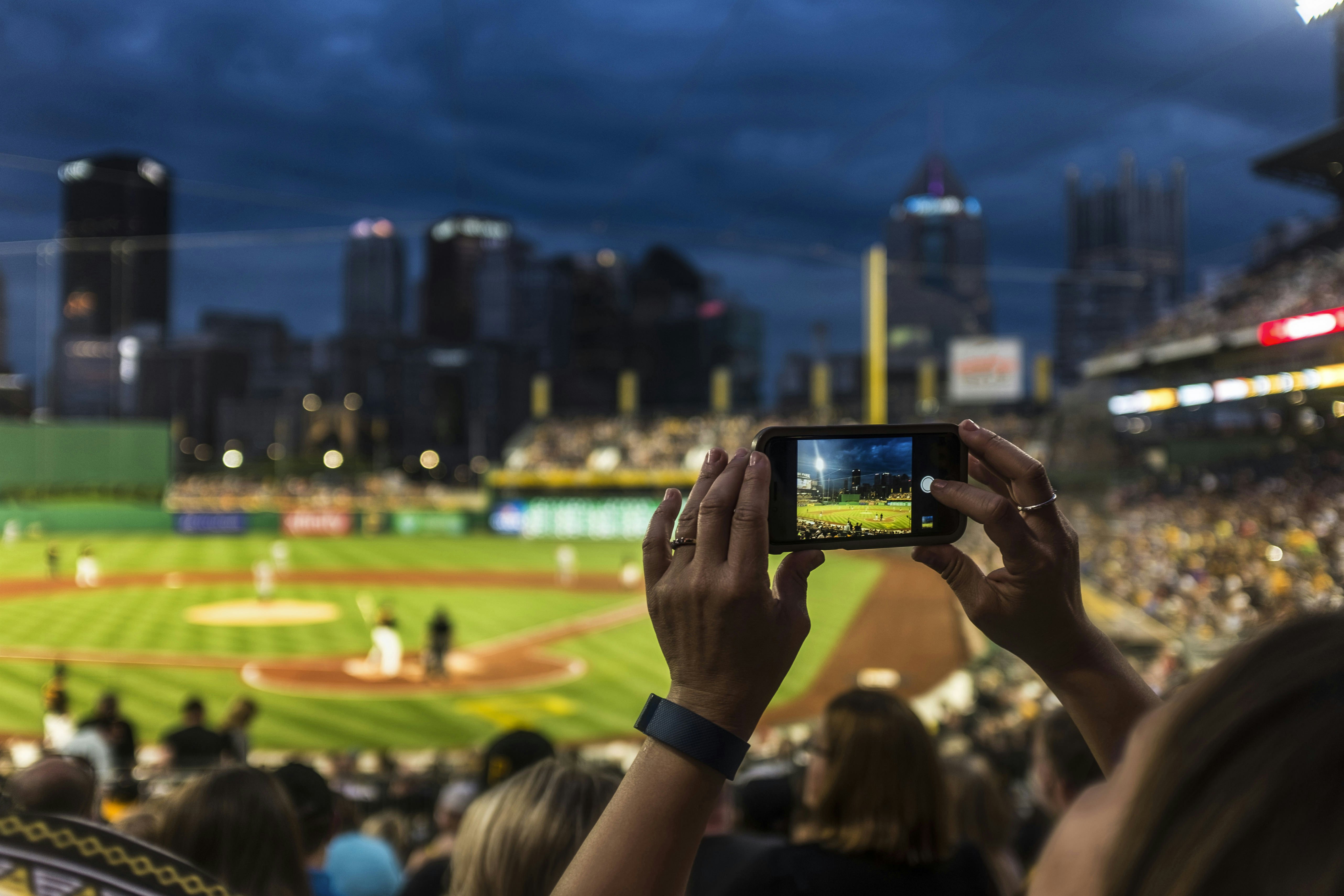
2. Northside
Best neighborhood for sports and culture
On any given weekend, tens of thousands of sports fans flock to the Northside to catch a Steelers game in Acrisure Stadium or a Pirates game at PNC Park. ESPN viewers are well acquainted with the Northside skyline, thanks to sweeping aerial shots on game days. Ticket holders flood the parking lots for tailgate parties, and stands are awash in gold, with spectators waving their “Terrible Towels” in support of the legendary football team.
Pro athletics aside, the Northside is packed with activity all year long. The Andy Warhol Museum is a seven-story complex dedicated to the Pittsburgh-born Warhol and his Pop Art legacy. A few blocks away stands the Children’s Museum of Pittsburgh, a hands-on exhibition space for STEAM activities, plus crafting stations and a three-dimensional maze. Next to that is the National Aviary, an historic indoor sanctuary for 500 specimens of (mostly) birds.
Tucked into the Northside’s eastern edges are the Mexican War Streets, a walkable neighborhood of brick and pastel-colored row houses. Follow these narrow thoroughfares until you find the Mattress Factory, a repurposed industrial space that houses mind-bending installation art. Finish your promenade at Alphabet City, a bookstore and arts center operated by the free-speech advocates at City of Asylum.
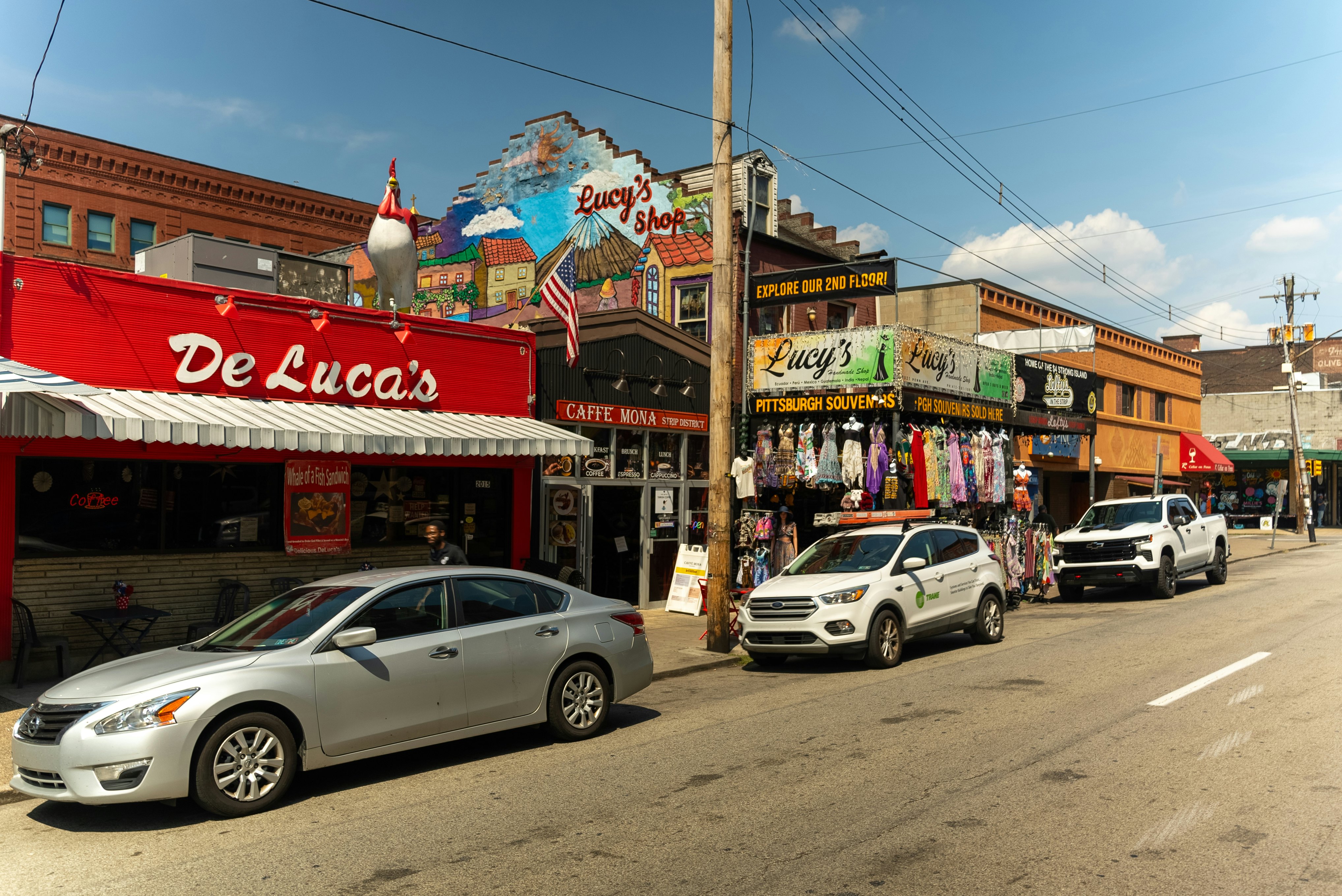
3. Strip District
Best neighborhood for shopping and history
Adjacent to Downtown is the Strip District, a onetime industrial zone once reserved for factories and warehouses. The Strip still retains its wholesale atmosphere, thanks to seafood emporium Wholey Fish Market and Pan-Asian supermarket Lotus Food Company. Smallman St is also peppered with specialty shops and restaurants.
Given its storied past, the Strip is a natural location for the Heinz History Center, a vintage brick high rise with 275,000 sq ft of exhibition space. Here you’ll find an authentic streetcar, PBS’ original Land of Make Believe set and the Western Pennsylvania Sports Museum. The museum showcases the city’s past, from the French and Indian War to the Immaculate Reception (it’s a football thing).
Just down the street stands a newer institution, the Clemente Museum. Take a guided tour through this former firehouse, where the life of legendary Pirates player Roberto Clemente comes to life.
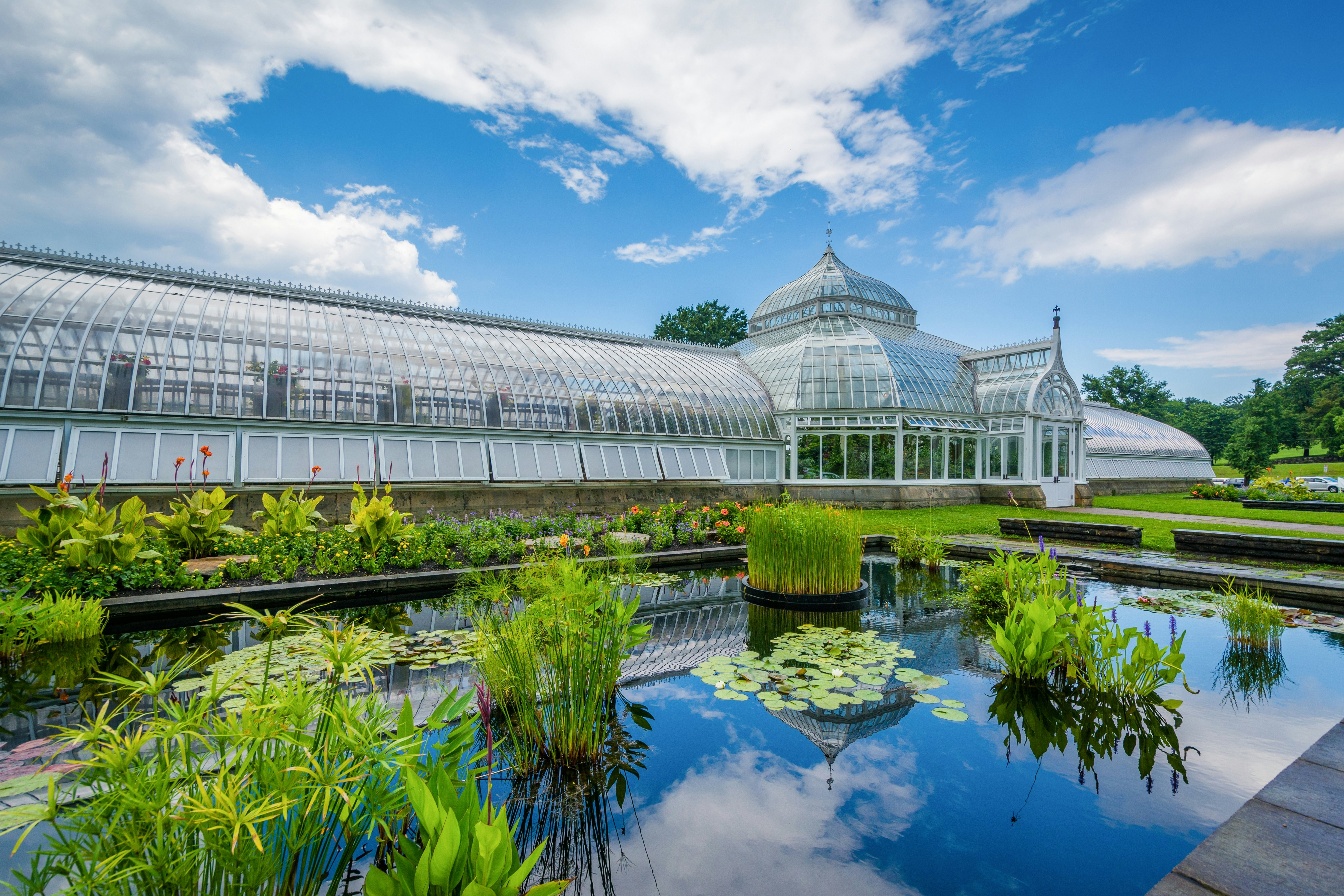
4. Oakland
Best neighborhood for museums and college vibes
Oakland is home to not one but three major universities, and the district is largely shaped by its lively student population. In the center stands the 42-story Cathedral of Learning, an imposing, Gothic-style skyscraper and favorite local reference point. Open to the public, the University of Pittsburgh’s trademark structure boasts 31 “Nationality Rooms,” each representing a distinct ethnic group.
Three of the most hallowed institutions in Pennsylvania are housed in the same complex. The Carnegie Museum of Art showcases a diverse collection of paintings, sculptures and multimedia pieces, while the Carnegie Museum of Natural History contains dinosaur skeletons, geology exhibits and taxidermied dioramas. (Outside the museum stands a full-scale brontosaurus, known to locals as “Dippy.”) Finally, the Carnegie Library is the lynchpin of the citywide library system, and its renovated halls are a nice place to relax on rainy days.
One of the best escapes in Pittsburgh is Phipps Conservatory, a sprawling greenhouse dating back to 1893. The institution is renowned for its orchid collection, butterfly forest and rotating cultural events.

5. Squirrel Hill
Best neighborhood for walking around
Beautiful and diverse, Squirrel Hill is considered one of the best places to live in all of Pennsylvania. It’s also a great area to visit, thanks to its wealth of international restaurants. The neighborhood’s heart is the intersection of Forbes and Murray Aves, which is teeming with cafes, creameries and pubs. Squirrel Hill is home to a robust Jewish population – especially evident on Shabbat, when many Orthodox families walk to temple.
The neighborhood is wedged between Frick Park and Schenley Park, two sprawling urban green spaces. Here you’ll find hiking trails, mountain-biking routes, a golf course, a skating rink and a host of other outdoor diversions.

6. South Side
Best neighborhood for a drink and a view
The main drag through the Southside is East Carson St, a 21-block gauntlet of restaurants, bars and specialty shops. The Southside is widely regarded as Pittsburgh’s party district, and scores of taverns and lounges are mobbed every weekend with young people out on the town. Old-school bars like Fat Head’s Saloon and the Smiling Moose are veritable institutions, along with newer, quirkier themed venues like the Tiki Lounge and The Library on Carson.
Despite its rowdy reputation, the Southside is a great destination during the day for solo tourists and families alike. A favorite spot is Station Square, a former train depot converted into a retail and entertainment complex. You can still walk the old platform and see artifacts of the Southside’s industrial past, then sit down to a top-quality meal at Grand Concourse or Kiku.
From Station Square, cross the street to the Duquesne Incline station, a funicular that’s been hauling passengers up the steep slopes of Mt Washington since the Victorian Age. On the ascent, riders are treated to one of the most spectacular urban skylines in the country. Looking out over the Southside, Downtown and the Monongahela River from one of the many observation platforms, you’ll see why this hilltop street is called Grandview.








